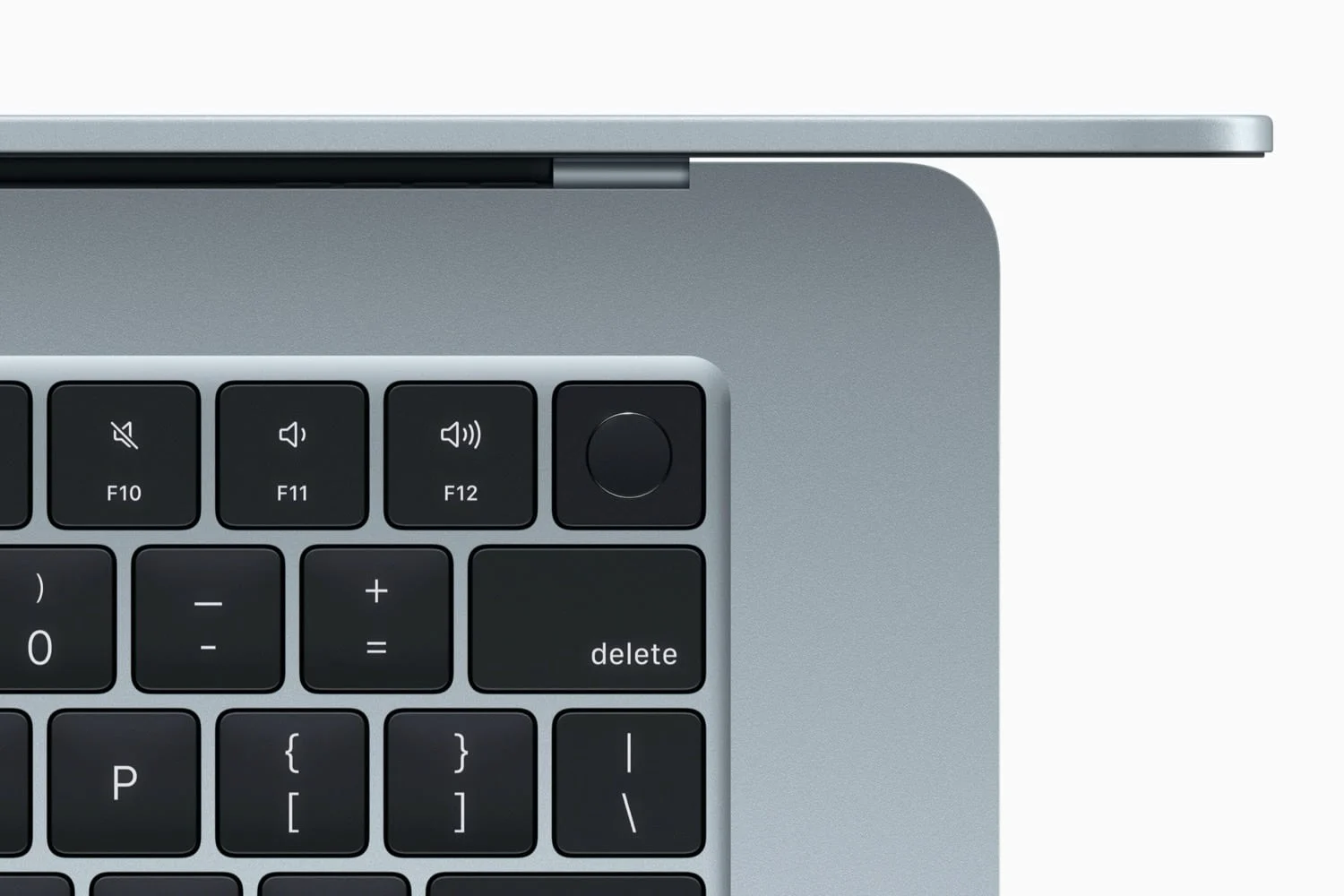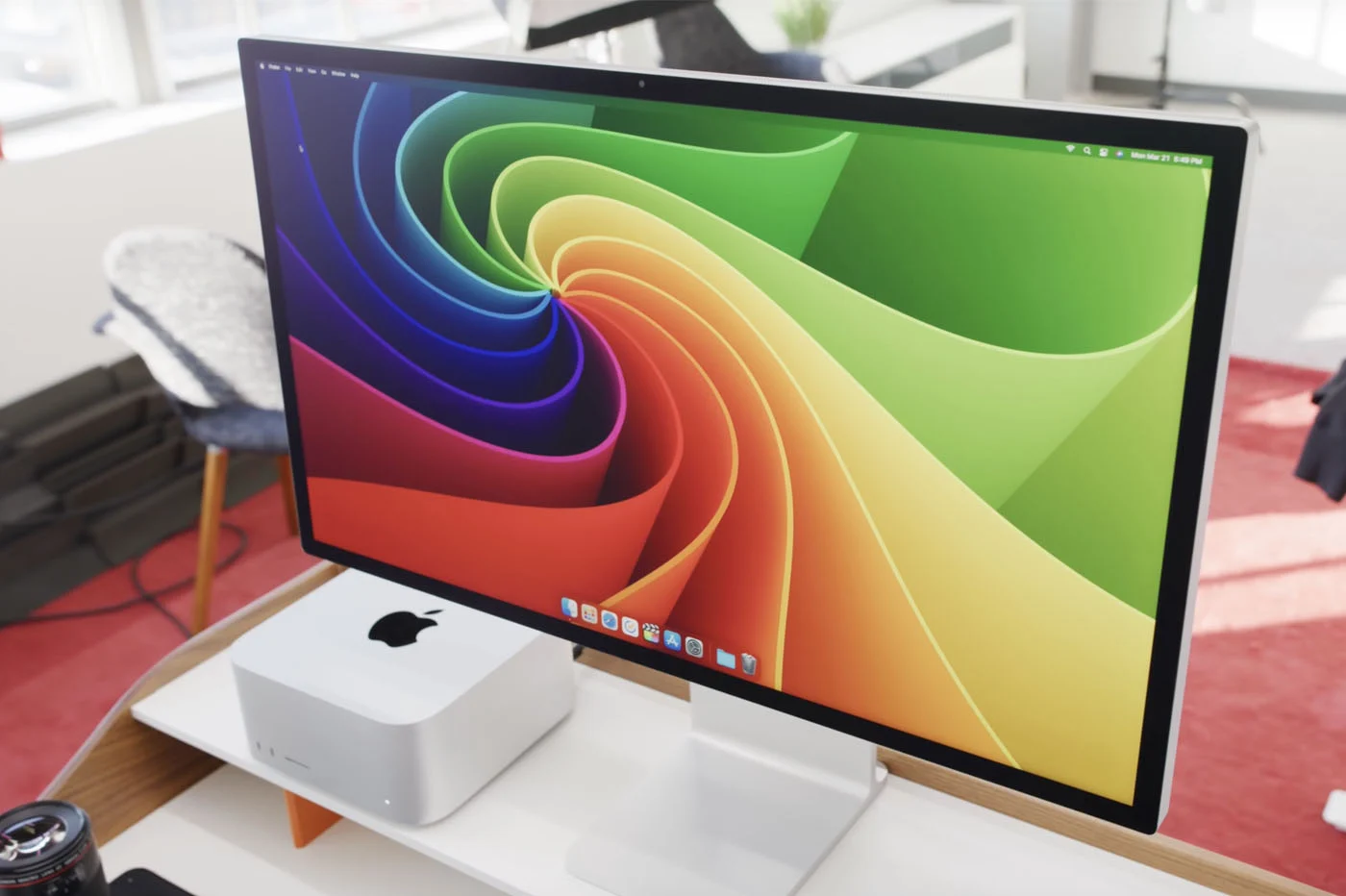During the launch ofthe fifth-generation 12.9-inch iPad Proand even before that, all eyes were on its new screen. This was in fact moving from IPS to mini-LED technology for the first time, supposed to display more vibrant colors but also better contrasts. Consequently, blacks were also expected with greater accuracy and depth, close to true darkness.
If most testers seem to find nothing to complain about and indeed point out a master panel, however, this is not the case for everyone. Indeed, some Internet users have shared their measured disappointment - notably on Twitter - about the diagonal. They highlight the luminosity of the different shades “overflowing” onto the less light areas. Even though these are announced by Apple as more faithful in its explanatory documents.
What can happen when you have 2,500 dimming zones. This is noticeable when you use iPad Pro 2021 in total darkness.
iPad Pro 2018 has less distracting blooming because the bloom covers a large area. And there's IPS glow.
More on this tomorrowhttps://t.co/yGqFwdeJwz pic.twitter.com/7q82vAvc5d
— Park (@ParkaBlogs)May 21, 2021
Understand the effectblooming
But then, what happens? To understand this, you actually have to look at the arrangement of the different layers superimposed to form the screen. Here, the manufacturer therefore used a first mat of light-emitting diodes (the famous mini-LEDs) which illuminates a second cover, that of the pixels, then covered by Gorilla Glass Victus.
This is where things get tricky, because the light emitting device would in fact be so efficient that its range would greatly exceed the surface of the illuminated area. Hence the reason for these images, where white text on a black background seems to “bleed”. Apple then speaks of “blooming”, a technical term that does not really have a direct equivalent in our language at the moment but which the firm suggests translating as “luminous blur”.
Holy blooming artifacts batman! iPad Pro M1 2500 dimming zones still can't touch Samsung AMOLED.https://t.co/hxswaFeWuB pic.twitter.com/BAINFlqbAQ
— George Ou (@GeorgeOu)May 20, 2021
Not so annoying
Despite everything, don't panic: it seems that to date, only a few particularly demanding users are complaining about this detail. It is even difficult to verify that the problem appears in all M1 iPad Pros marketed to date, Apple continuing to promote the advantages of mini-LED on its communication media.
In addition, most victims assure that this bug (if we can call it that) is in fact only encountered on really dark apps, which can certainly happen more often by using thedark mode. Finally, the problem would be more noticeable in a room with the bulbs off or even in the middle of the night, while the photos illustrating it often accentuate the damage via the viewing angle and the processing of the file.
Here’s my experience with the blooming on the M1#iPadProso far. It’s very noticeable in dark room with UI elements on top of a black background, but that’s the only scenario where I really notice it. It’s expected with this display tech but still jarring coming from OLED.pic.twitter.com/8tG1euFzqn
— Josh Teder (@JoshTeder)May 22, 2021






